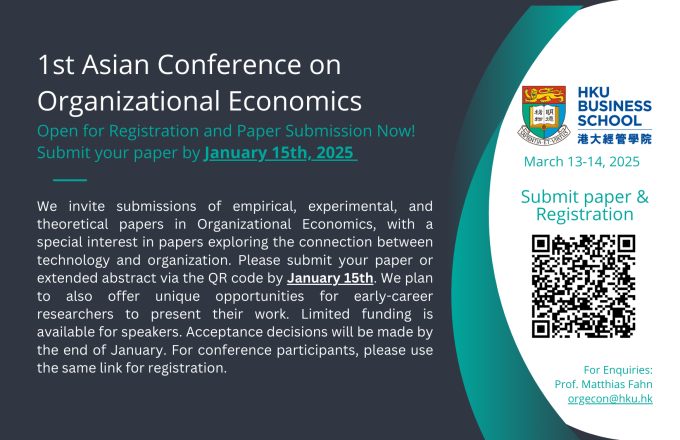
“The Limits of Commanding Innovation: Evidence from Chinese Patents” by Dr. Nan Jia
Associate Professor of Strategic Management
Marshall School of Business
University of Southern California
Can China’s authoritarian government “command” its way to an innovation-driven economy—that is, by mobilizing the entire bureaucracy and society to embrace innovation? We examine this question by focusing on the issuance of patents, a common indicator of innovation, in China from 1990-2015. Since 2006, when Beijing launched a national campaign to promote domestic innovation, the production of patents has exploded. But we find significant regional variation that is not simply explained by levels of economic wealth—the political incentives of local leaders also influence patents production. Specifically, we find that cities where local leaders face strong peer pressure to compete on the growth of GDP and fiscal revenue produce the largest amount of patents, yet this does not affect the quality of patents in their portfolio. In other words, we identify two clear limits to Beijing’s ability to command its way to innovation through political campaigns and targets. First, the national drive for domestic innovation spurs larger quantities of patents, but not necessarily of higher-quality, as local leaders are assessed by numerical targets that measure quantity rather than quality. Second, even when the national leadership strongly prioritizes innovation, the production of patents is still conditional both upon local political incentives and local economic resources.







